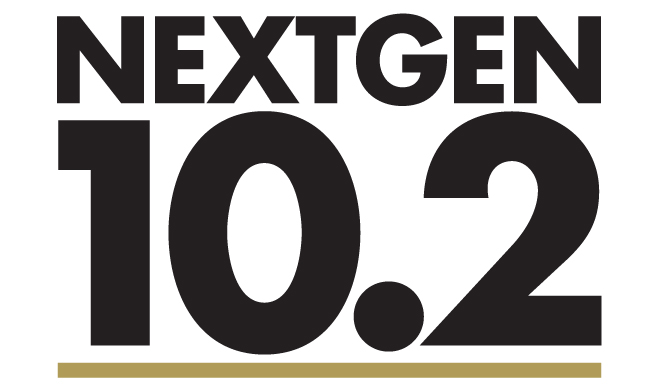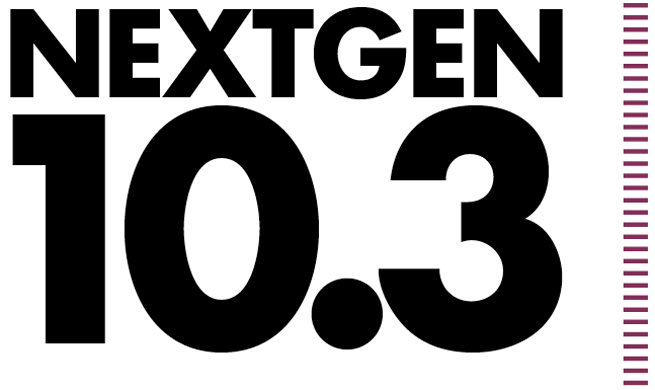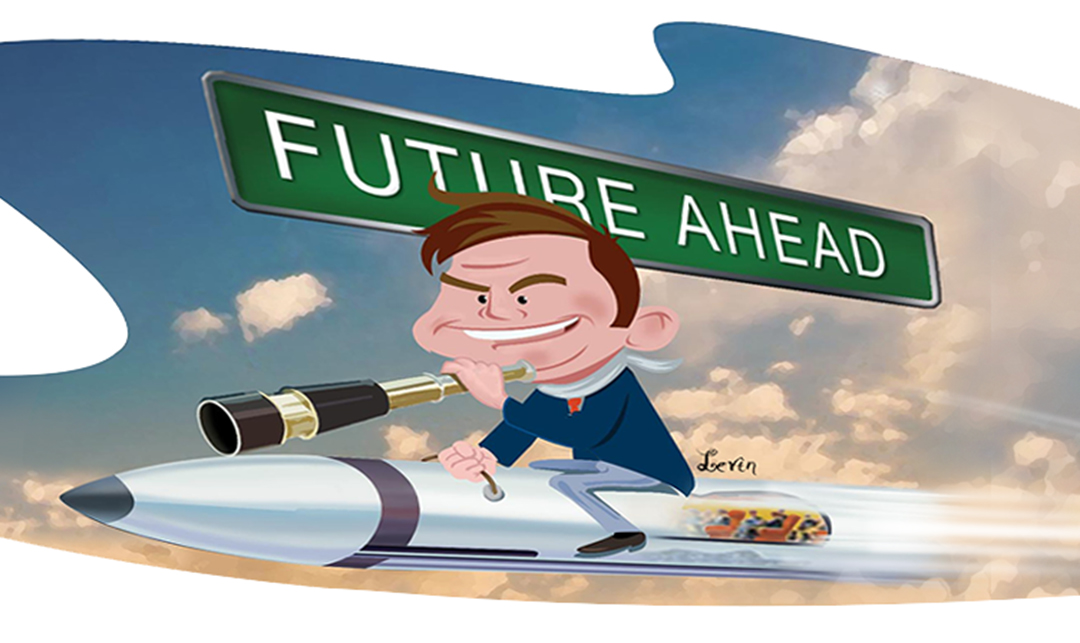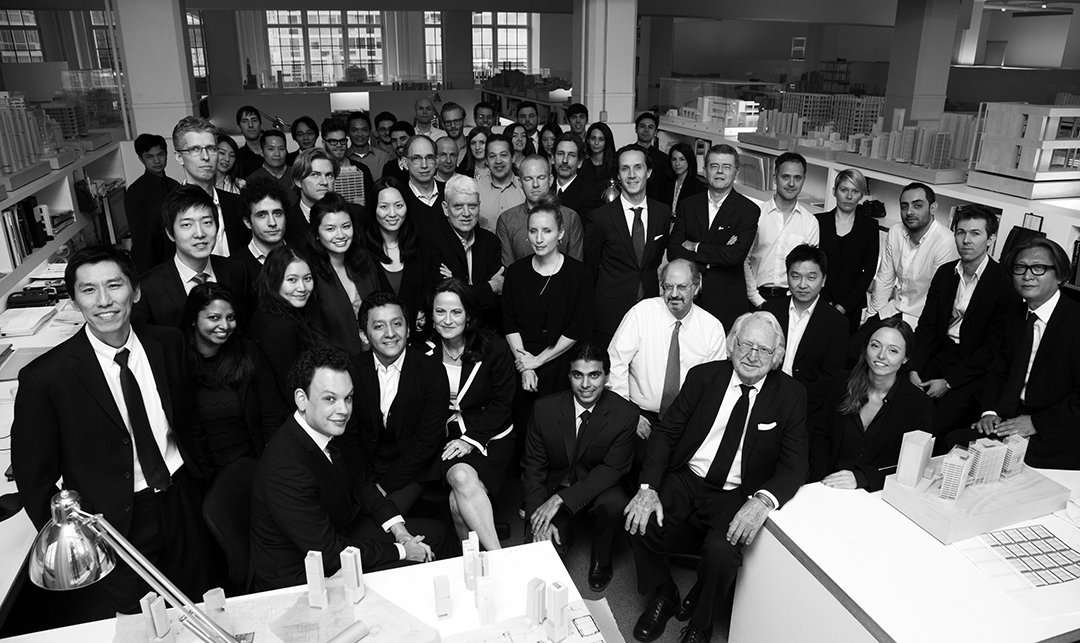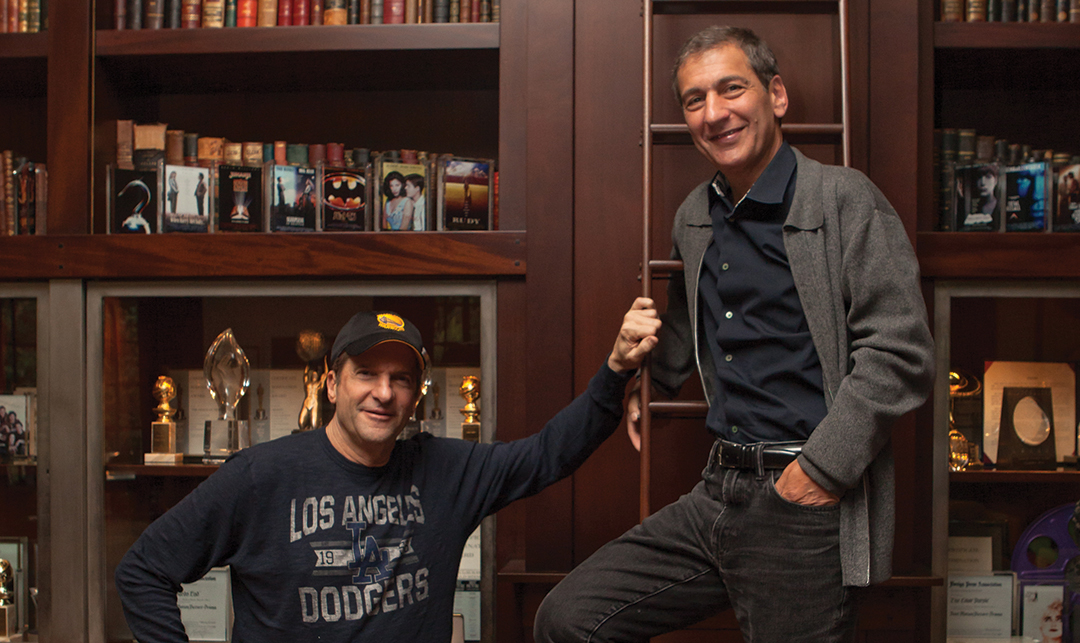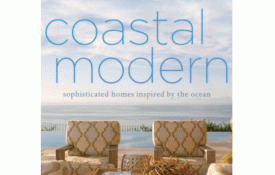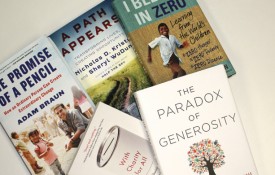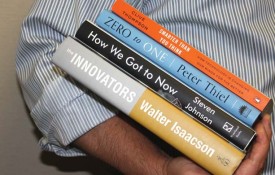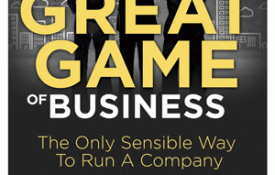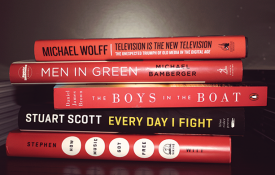Humans Need Not Apply: A Guide to Wealth and Work in the Age of Artificial Intelligence
Jerry Kaplan
Yale University Press
241 pp.
The Plot Written from the perspective of a technology entrepreneur, a close examination of our current tech world today – as we face off against volatile labor markets and income inequality. Includes a call to action for public policies that this “tsunami of new technology” demands.
The Meat Kaplan contemplates the future as a “struggle of assets against people” and delves into how we can best manage serious technological advances, along with the risks they carry. He proposes innovative, free-market adjustments to circumvent looming social turmoil. A beautifully written, finely crafted book that serves as a great companion on the airplane or as a contemplative listen in the car.
The Twist A unique, dazzling inquiry into how today will mold our humanity. Selected as one of the 10 best science and technology books of 2015 by The Economist.
Superforecasting: The Art and Science of Prediction
Philip E. Tetlock and Dan Gardner
Crown Publishers
342 pp.
The Plot A crystal clear account of forecasting, interwoven with the incredible story of ordinary people who may be more adept at predicting global events than the 20,000+ intelligence analysts we have in the U.S.
The Meat A government-funded “forecasting tournament” led to the creation of The Good Judgment Project – a group of average Janes and Joes catapulted to “Superforecaster” status as they predict tough, real-world questions with astounding accuracy. This extensive scientific study arrived at a practical understanding of the techniques and habits that underpin our ability to predict the future. Seeing what tomorrow brings comes down to thinking a certain way. As the authors state, “Foresight isn’t a mysterious gift bestowed at birth. It is the product of particular ways of thinking, of gathering information, of updating beliefs.”
The Twist Includes “Ten Commandments for Aspiring Forecasters” – and you can join the effort! Develop your own forecasting skills while also helping science at goodjudgment.com.
Change Your Space, Change Your Culture:How Engaging Workspaces Lead to Transformation and Growth
Rex Miller, Mabel Casey, Mark Konchar
Wiley
270 pp.
The Plot A compelling, practical guide to our “era of employee engagement.” Through 30 thought leaders, and from innovative companies like Google, Autodesk, and CBRE, we learn the intricacies of this markedly new era, and gain an incredible bird’s-eye view of how physical space impacts innovation.
The Meat Environment is a powerful entity and can inspire dread or enthusiasm, distraction or focus, collaboration or isolation. Leaders must therefore carefully design workspace to achieve the desired culture and workflow – otherwise important initiatives, training programs, etcetera, will suffer. It’s time to combat the grim statistics of workplace dissatisfaction (“70% of the workforce either hates their job or just goes through the motions”) and wasted space (50% of our offices is dead space). The authors propose direct, cost-effective ways companies can pull the lever and positively shift culture. And it definitely doesn’t take the enormous operating budget of Google.
The Twist Cultures of disconnection may prevail in our typical workplaces today, but here’s the enlightened path to our more engaged future. Best line from the book: “Design and Culture are both now part of a powerful new algorithm for effectiveness.”
Other People’s Money: The Real Business of Finance
John Kay
Public Affairs Books
338 pp.
The Plot A tour of the financial world and its evolution, authored by a leading economist with vast experience in both the practical and the academic worlds.
The Meat A lucid exploration of the nature of finance, including discussion of how the finance sector has grown to dominate the economy, a matter Kay terms, “financialisation.” This is a brilliant and timely treatise on refocusing finance – moving it away from the appropriation of other people’s money to the best contributions it can make to society and to the economy. The essential functions finance provides as described here are payment systems, connecting lenders to borrowers, managing our personal finances across our lifetimes and between generations, and managing risks. Kay outlines a reform strategy, which includes: reducing complexity, lowering costs, enhancing stability, and facilitating the flow of information between savers and borrowers. Kay also discusses the need for an entirely new regulatory philosophy.
The Twist In arguments a layperson can understand, Kay probes the incredibly important question, “What is finance for?”





